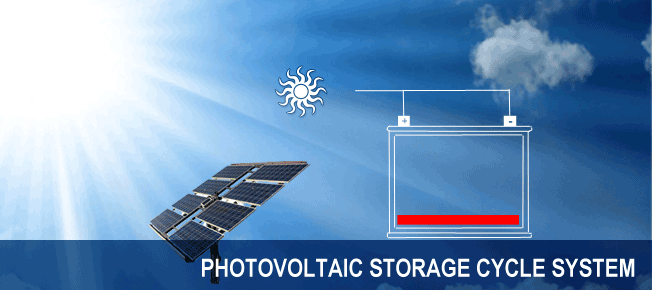ITC ltd provides solar panels CIS technology thin-film solar energy solutions. We supply our CIS modules to all segments - residential, commercial and utility - and work with global partners to provide system services worldwide. Our CIS solar energy systems are distinguished by higher overall electricity yield (kilowatt-hours per kilowatt-peak) in actual operating conditions
CIS is different
Technology
In the solar panel industry, CIS is known for its economical, ecological advantages.
CIS Solar Panel can generate more electricity (kilowatt-hours per kilowatt-peak) than crystalline silicon panels in real-world conditions. And they can do this in spite of their lower conversion efficiency.
Conversion efficiencies are measured under a very controlled set of conditions in a laboratory. These conditions include the amount of sunlight hitting the module and the temperature at which it is operating. But this specific set of conditions isn’t even close to the actual conditions a solar panel will experience on a roof, in a field, on a mountain, near the sea or in the middle of the Desert.
Solar modules are also very sensitive to their surroundings. Technologies that have high conversion efficiency in laboratory conditions, for example, might not be as good at dealing with hotter conditions. Or humid conditions. Or cloudy conditions.
CIS modules have technological advantages that are suited to dealing with real-world conditions. This is why they can produce more electricity.
Better performance in hot conditions
In hot climates, the temperature of a solar module can be much higher than the ambient temperature. Solar Frontier’s CIS modules have a low temperature coefficient, enabling them to generate more power than crystalline silicon panels in hot conditions.
Better tolerance for shadows
The circuit layout of CIS thin-film modules minimizes the influence of shadows. In partially shaded conditions where typical crystalline silicon panels would stop producing electricity, CIS modules continue to provide energy.
Creating ventilated façades with a vertical installation of the modules, contributes to improving the thermal performance of buildings. Many Companies and Individuals understood that this is an important investment, which will produce a substantial income with time, by cuts down costs in cases of personal consumption.
The installation can be carried out with two methods:
Grid-Connected
The most common method consists of systems connected to the electric grid (Enel or Other providers) where the current generated is sent to a converter (inverter) and exists in the form al alternating current. It is then transformed into medium tension current by the transformer, before being introduced into the distribution line.
These systems do not have accumulation devices as the energy produced during the hours of sunlight is fed into the electric grid; vice versa, during low or no sunlight hours your system is fed by the grid.
Stand-Alone
In our opinion this will be the most requested model in the near future because the devices are isolated from the grid (Enel or Other providers) can feed loads with both continuous current (thanks to an inverter) and alternating currents, with an accumulation battery.
In these types of systems, electric energy has to be stored with electrochemical accumulators (batteries) to ensure a continuous supply even when it is not being produced.












